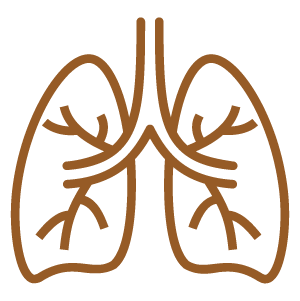Everything You Need to Know About
Marshmallow leaf & root (Althaea officinalis)
Botanical family: Malvaceae
Parts used: Roots, Leaves



Key Body Systems Marshmallow leaf & root (Althaea officinalis) relates to

Skin

Digestive System

Urinary system

Respiratory system
Energetics
Cooling
Moistening
Key actions


Key uses
Where to Find Marshmallow leaf & root (Althaea officinalis)







